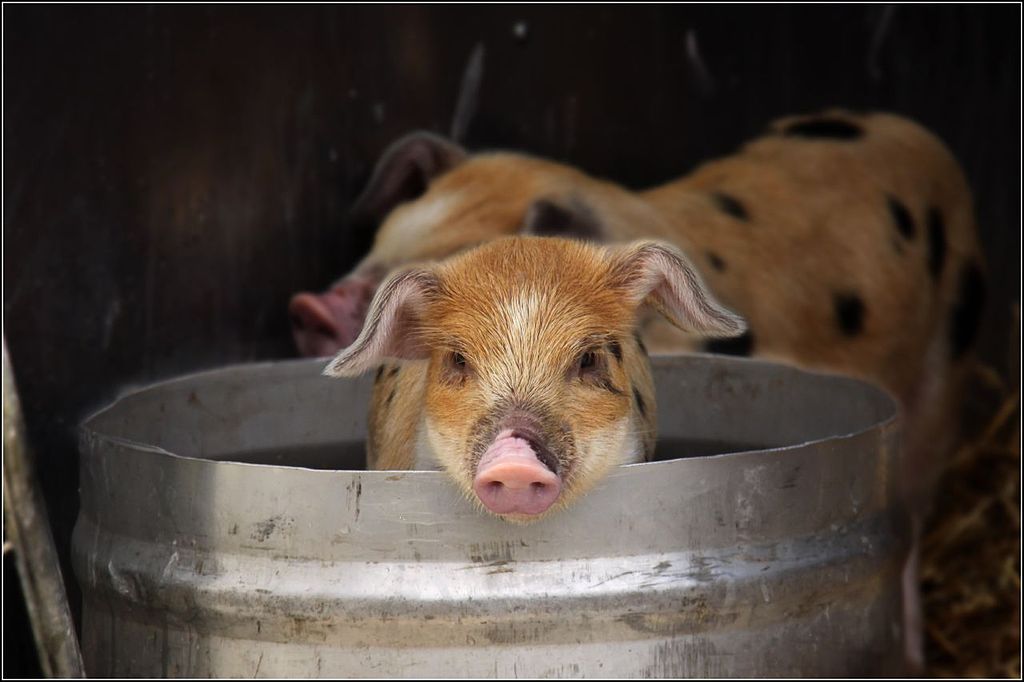American analysis provides further support for managing influenza A infection in people who work with swine
A new study of the strain of influenza A responsible for the 2009 H1N1 pandemic—pdm09—shows that the virus has passed from humans to swine about 370 times since 2009, and subsequent circulation in swine has resulted in the evolution of pdm09 variants that then jumped from swine to humans. Alexey Markin of the U.S. Department of Agriculture-Agricultural Research Service and colleagues present these findings in the open-access journal PLOS Pathogens.
Influenza A can cause the flu in humans, birds, swine, and some other mammals. In 2009 and 2010, a pandemic caused by pdm09 resulted in thousands of human deaths around the world. Since then, as demonstrated in prior studies, pdm09 has repeatedly passed from humans to swine, and circulation of the virus among swine leads to evolutionary changes in pdm09 that could make it more likely to cross back and infect humans.
To better understand this risk, Markin and colleagues analyzed pdm09 transmission data between 2009 and 2021. They also investigated how these interspecies events may have affected the genetic diversity of the virus in swine and the risk of subsequent human infection.
The analysis showed that, since 2009, pdm09 has crossed from humans to swine about 370 separate times, with most of these events occurring when pdm09 burden was highest among humans. In 2020 and 2021, during the COVID-19 pandemic, pdm09 circulation among humans dropped, but pdm09 circulation persisted in swine as a result of about 150 human-to-swine transmissions between 2018 and 2020.
The researchers found that most human-to-swine transmission events were isolated, but a few led to sustained circulation of different pdm09 genetic lineages among swine in the U.S. These swine-circulating variants appeared to be genetically poor matches for human seasonal vaccines, suggesting that the vaccines would have provided scant protection against them.
The analysis also showed that persistent pdm09 circulation among swine was associated with at least five instances of swine-to-human transmission.
These findings add to mounting evidence that managing influenza A infection in people who work with swine can help prevent transmission to pigs, and subsequently reduce the risk of spread back to humans.
The authors say: ““Controlling influenza A virus infection in humans can minimize spillover of viruses into pigs and reduce the diversity of viruses circulating in swine populations. Limiting virus diversity in pigs can minimize the emergence of novel viruses and the potential for swine-to-human transmission of influenza A virus.”
Link to research (DOI): 10.1371/journal.ppat.1011476
Source: Scimex












